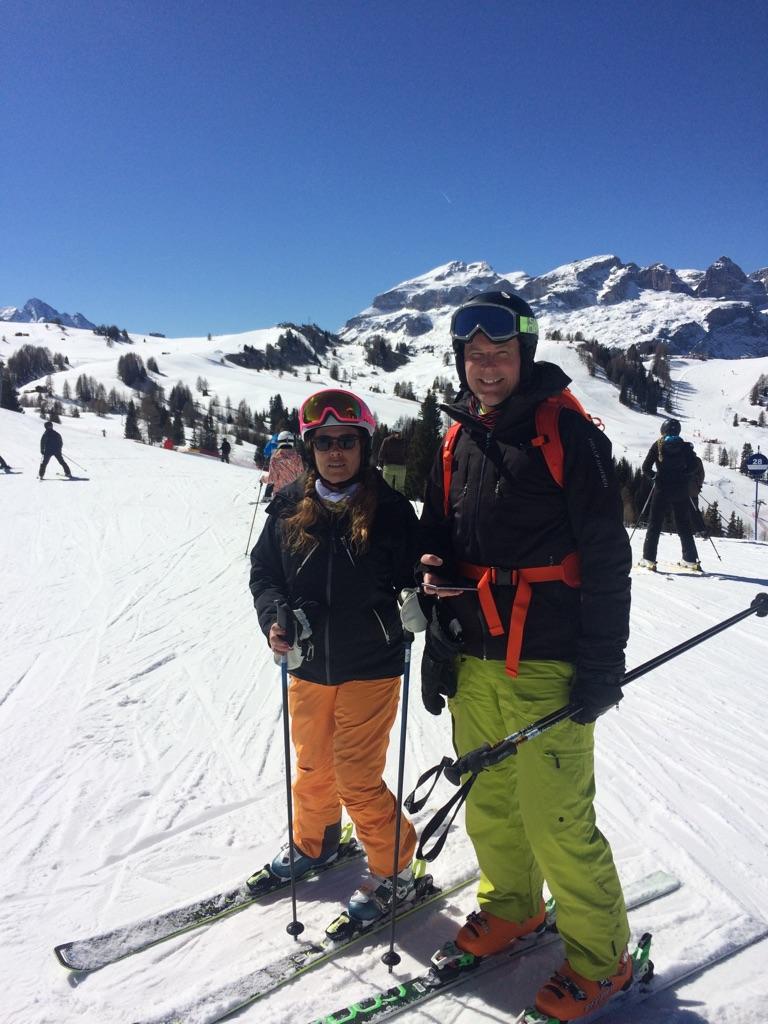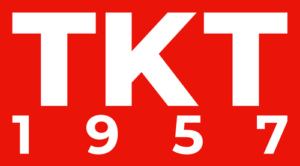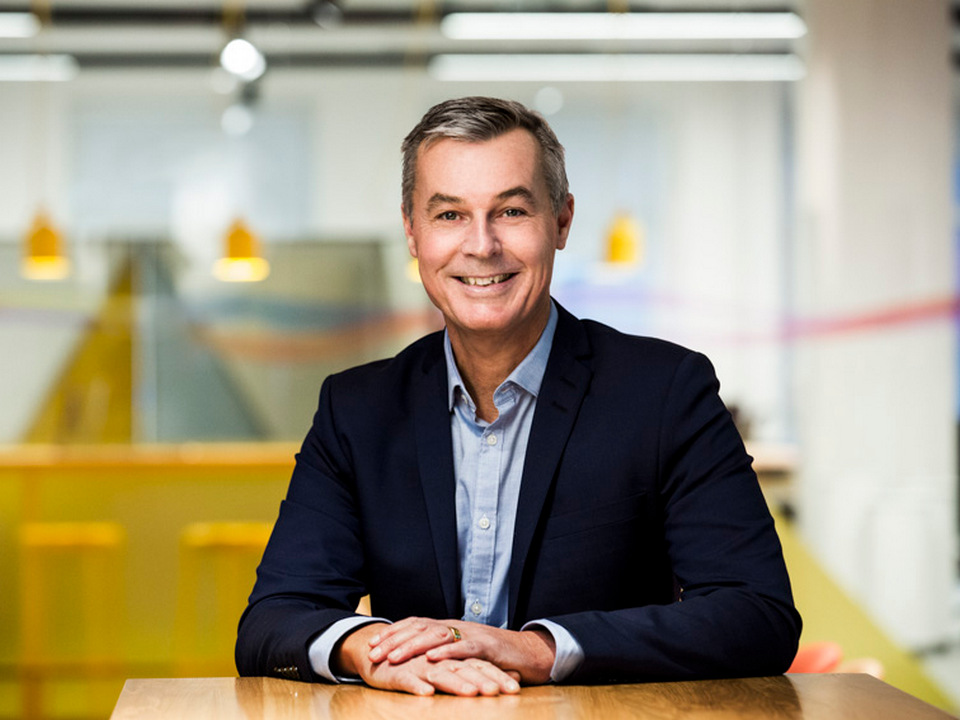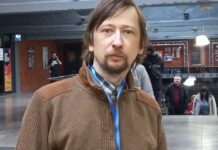Interview with CEO at Net Insight (Sweden) Crister Fritzson.
Where were you born and who were your parents?
I was born in a small town in the center of Sweden. My dad was running his own company as a dental technician, and my mom was a physical education teacher.
Were you a good student at school? What subjects did you like?
I really enjoyed school, specifically mathematics and sports. I played badminton and quickly developed as a sportsman. As a junior I was a member of the Swedish National team.

What did you do after school?
I began my academic career at the University of Stockholm, and then I started working. Parallel to my employment, I studied Marketing and Finance. For about 8 years ago, I took part in the Executive Management Program at the well-renowned Business School INSEAD in France.
Why did you choose to specialize in Finance and Marketing?
It gave me a great understanding of the business. To alternate studies with real life experience is so valuable and gave me good and useful insights that I could leverage on. In my view, you need to learn new things around every fifteen years. The technology is advancing so fast, you need toadd new competence and knowledge to keep up and be relevant in your position.
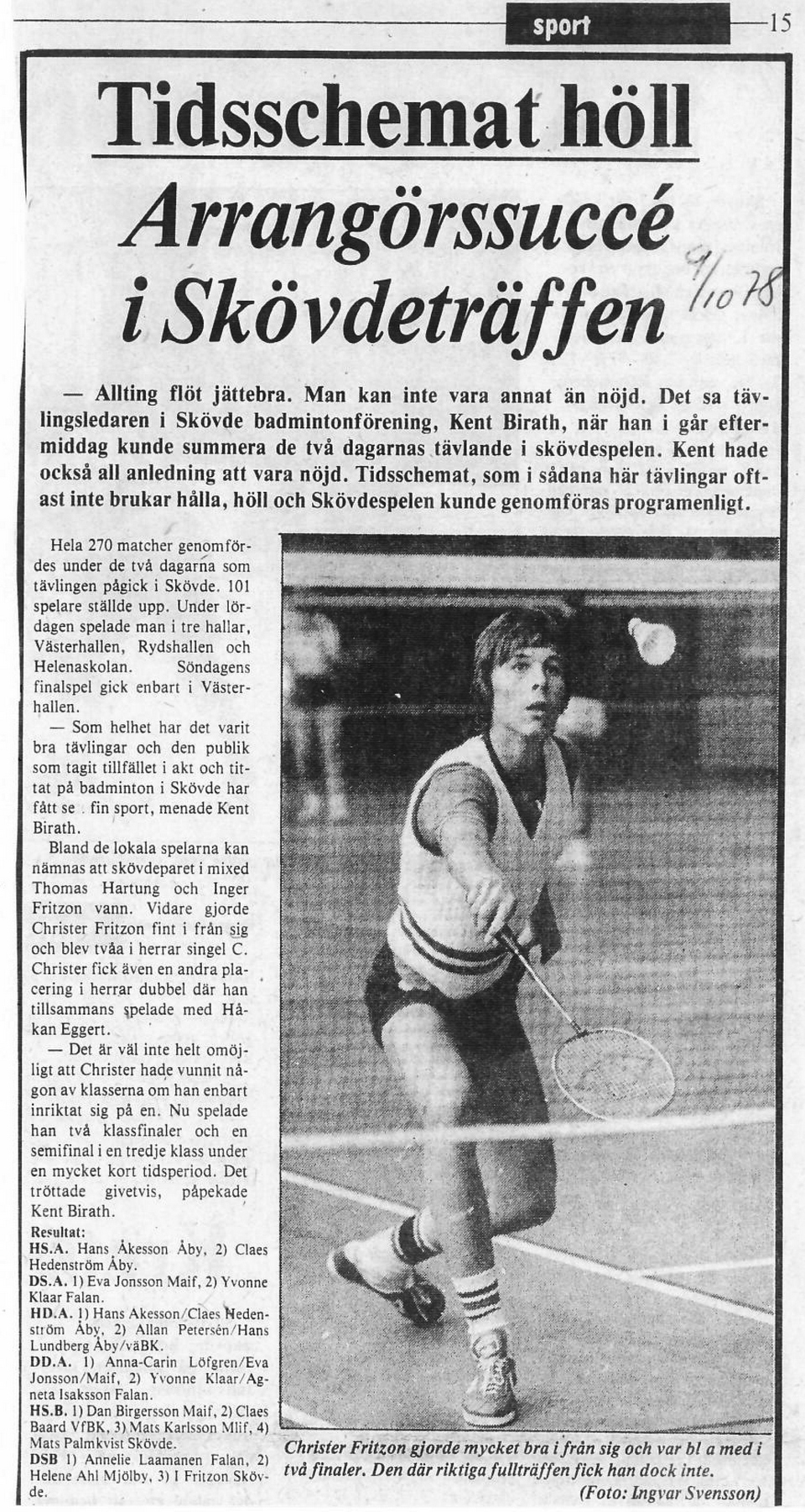
Did you pay for your studies, or did you have scholarships in university?
In Sweden, all second-degree studies are free of charge. At INSEAD, the company that I was working for was supporting me.
What was the company?
I was the CEO and President of Teracom, one of the leading radio and television operatorsin the Nordic region, running the DTT (Digital Terrestrial TV) network in Sweden. Before that I held a position for seven years as the CEO of Boxer, a Pay-TV operator, which was partly owned by Teracom. Boxer was one of the biggest Pay-TV operators in the Nordic countries, and the first Pay-TV operator in the DTT network. We were also the first company moving from analogue to digital TV in Europe.
Why did you choose Boxer?
I had the opportunity to build the company from scratch and increased the revenue from 0 to 2,5 billion SEK. We created a completely new business model, and launched products that had never existed on the terrestrial market. We were the first Pay-TV operator in Europe, maybe even globally within the terrestrial network area. We also expanded our business to Denmark and Finland and became a Nordic operator.
Are you a shareholder now?
In Net Insight? Yes, I am.
What is the main strategy of your company now?
We have divided our growth strategy into three phases. The first phase is about establishing our internal base, where we have come quite far. Last year, we put together a new strategy direction for the company, established a new management team, and did some reorganization in the company. In 2020, we also divested our live OTT-solution called Sye. We developed and launched the ground-breaking Sye, which offers ultra-low latency streaming and synchronization between different services. Amazon showed great interest in our solution, and we divested Sye in the beginning of 2020. We also divested the business area, ScheduALL, in Q1 of 2021. We have now formed a new structure around our core business – the media network business. In the first phase, we have come very far, and have also sharpened our focus on sales and marketing.
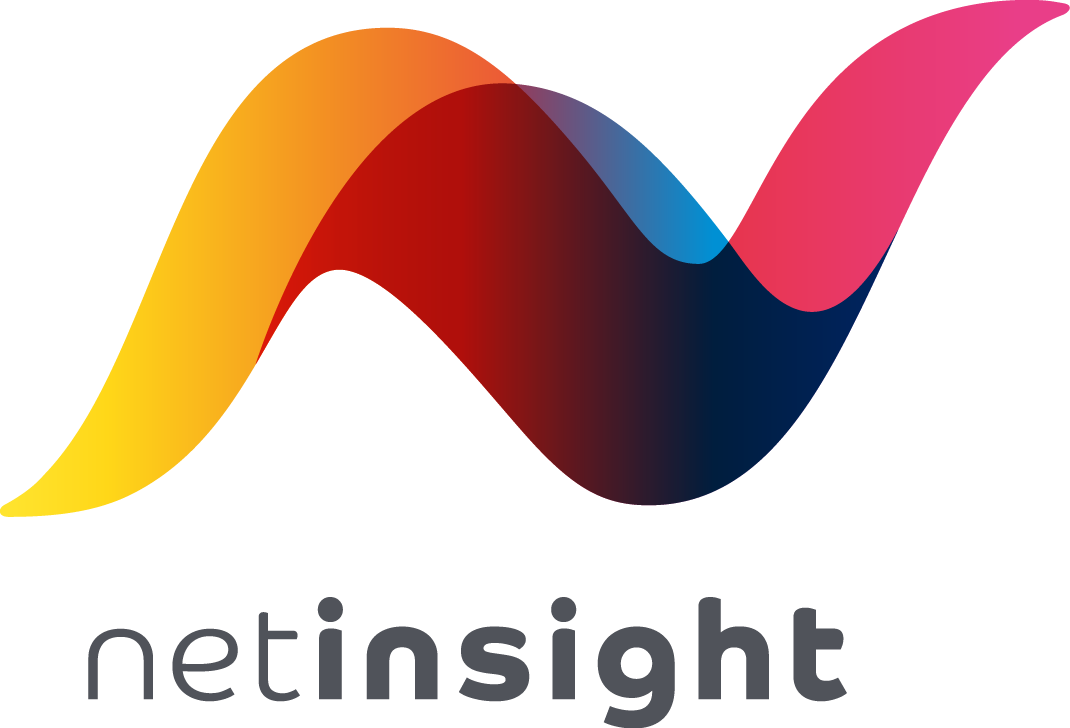
In phase two, we are focused on our core operations Media Networks, and have initiated several growth initiatives. We have increased investment in R&D, and just launched a new business model – where we are moving from CAPEX to OPEX. A huge part of our products, even hardware products, include software. When you buy a product, you pay for the hardware and the software is paid as a monthly or quarterly license fee, asrecurrent revenue. Our cloud-based Nimbra Edge is an example of a product that is built on the new business model.
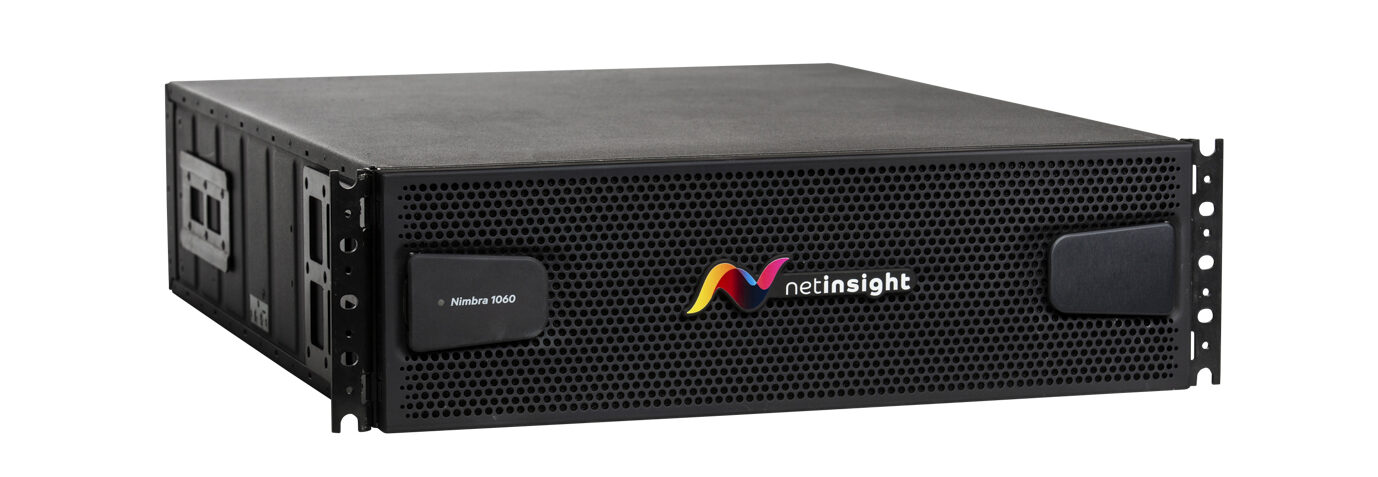
Phase three is about expanding into adjacent markets, to broaden our offering to customers and reaching new market segments. We are very focused on IP-based product workflows. In 2021, we launched new IP products and have already won two important deals. We use our installed base (we have around 16,000 products out in the market) and offer our customers a seamless, secure, and cost-efficient migration to IP.
There are a lot of trends related to Artificial Intelligence recently. Are you doing anything to move in this direction?
Our experts have been looking into time synchronization. We have delivered 15–20 DTT networks to the marketthat utilize full time synchronizationin the network. When we continue to develop that function, we will make use of some of the new AI technology. So yes, in the future, I foresee it as something we will use.
Remote production has become important during the pandemic. How does Net Insight help broadcasters to increase efficiency and competitiveness?
We are pioneers in remote production and have been doing this for many years. Together with SVT, the public broadcaster in Sweden, we worked with remote production already during the London Olympics in 2012. The uniqueness of our products is really beneficial for remote production.
We are confident that remote production is here to stay. It is for sure growing and has been accelerating during the pandemic. Our customer Tata Communications have estimated that they will double the number of remote productions in the coming 18 months, from 1,500 to 3,000 events.
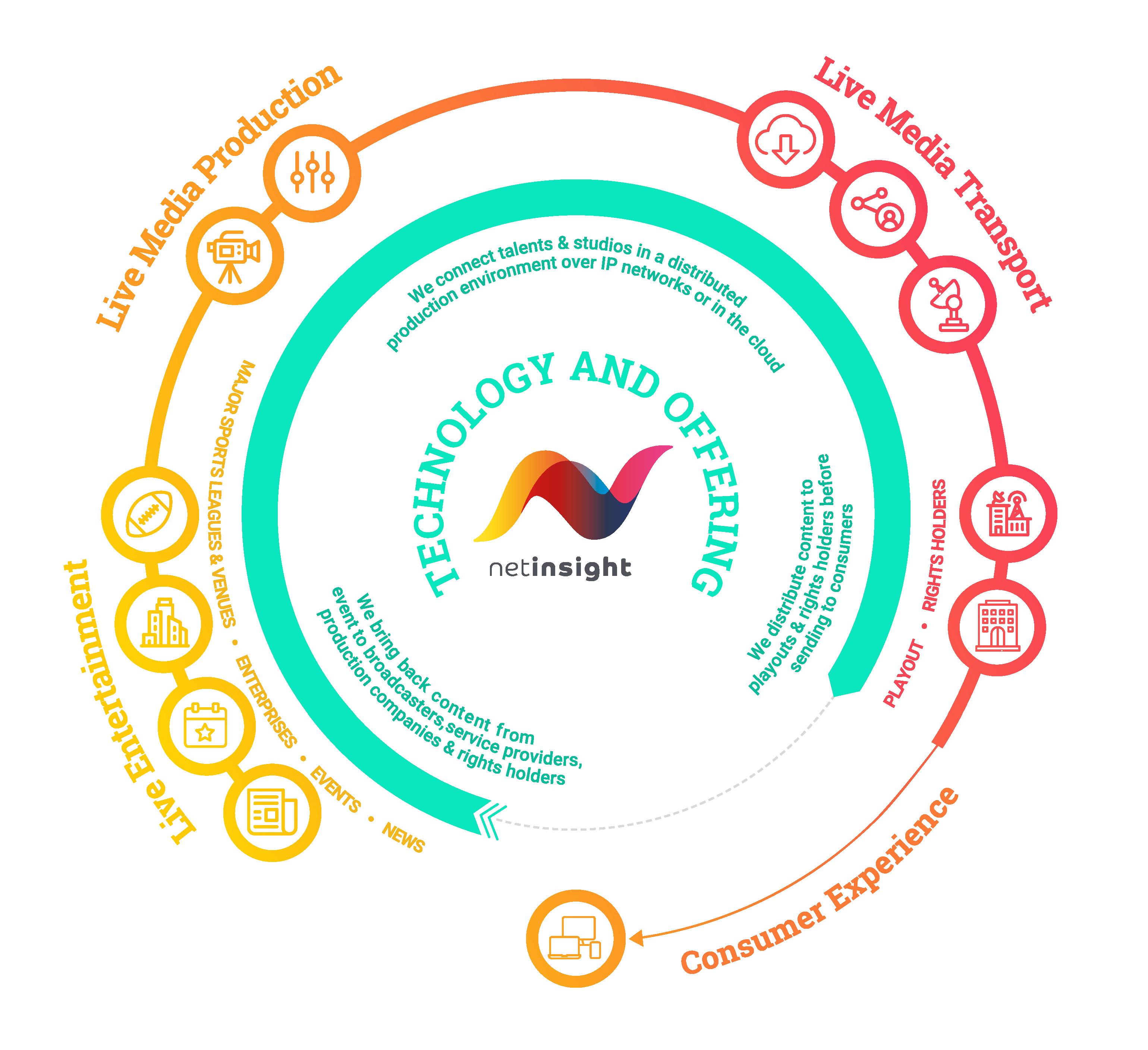
Keeping the cost down is essential for broadcasters, and that is one of the main reasons why remote production is so advantageous. Instead of sending a whole group of technicians to a major event such as the UEFA European Football Championship, they can now produce the event in the home studio. The new setup not only lowers the cost, but increase flexibility, reduce staff on site and enhance their safety. And instead of having one feed from a huge production like the Champions League, there may be 60–80 camera feeds going back to the studio, which demands for higher capacity in the network.
You can also use the cloud to do more Tier 2 and Tier 3 events, as cloud-based productions are more cost-efficient. The cloud, together with remote production, is driving capacity needs as well as developing and broadening the market.
What projects is your company engaged in Russia and the CIS region? What is your vision for these markets?
We see Russia as a huge growth opportunity for us and undoubtedly a focus market that we are investing in. Our many strong partners in the CIS region help us to cover the huge market opportunities and explore the potential. Net Insight have been a player on the Russian market for many years and are hoping to grow even more.
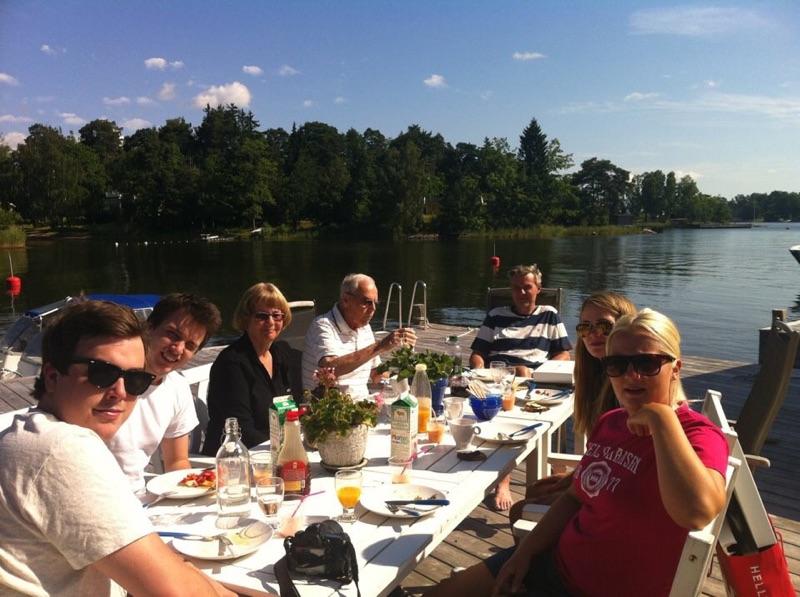
Can you briefly outline the main plans and top priorities of your company for the next 5 years?
The main priority is to grow our core business, Media Networks. We are investing more and more into thatand moving over to IP and cloud-based solutions. In the beginning of 2020, we acquired an IP-based, virtualized product portfolio called Aperi.
Another important area that we are expanding into is time synchronization. Our current technology is unique in the way that it is used in DTT networks today. The same features, we believe can be reused in 5G networks, an area where we see great potential too.
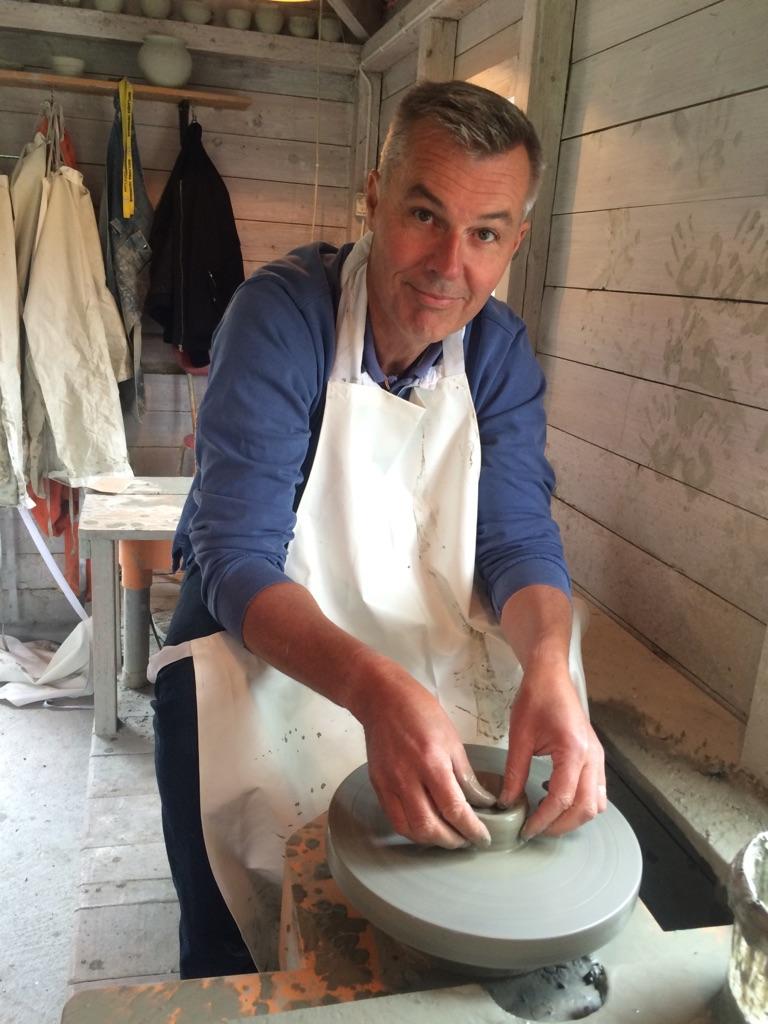
You have mentioned a few times that you were «the first company» in various market areas. Why do you think you have been such a driving force in technologies and services?
That is a tough question! We have been in the market for over 20 years. We were one of the first companies that focused on media networks, and with our long history and in-depth knowledge, we are and can be very innovative. We have been building our expertise since the 90s and have often been seen as pioneers in the market. To add, we have developed products and solutions that are very competitive in the market.
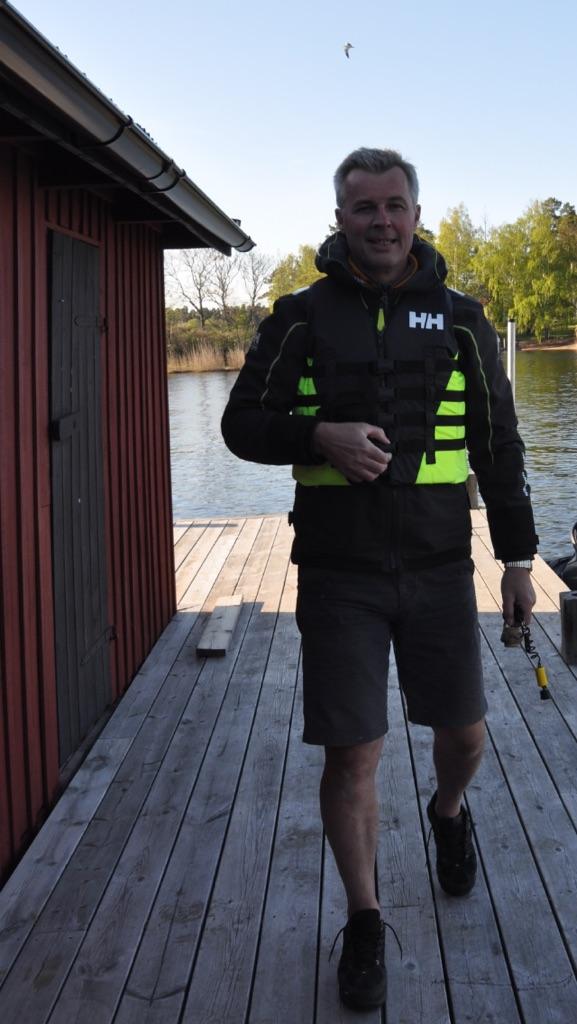
What do you do outside of work?
I love to spend time with my wife and three children. Downhill skiing is one of our favorite sports so we do that a lot. In the summer, we spend most of our time in our cottage in the beautiful Stockholm archipelago, with around 25–30,000 islands.
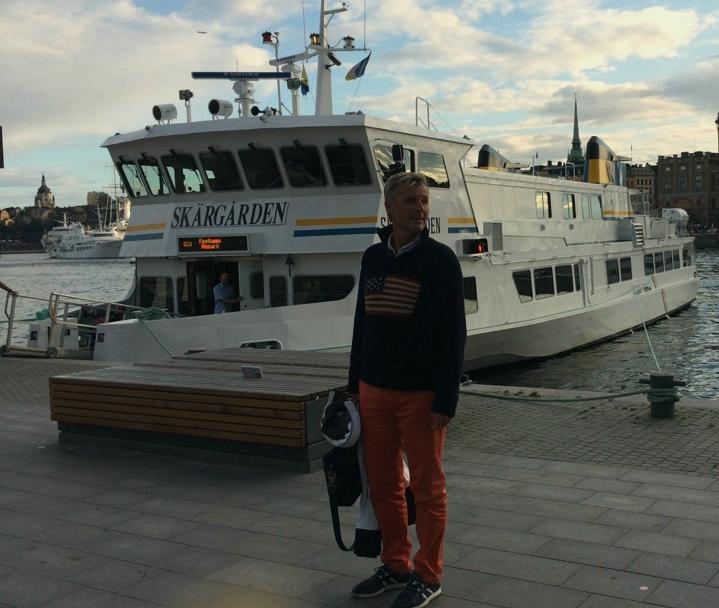
Did you meet your wife at work?
Yes, we met at work. I moved to Stockholm when I was in my 20´s and I met my wife just two years after, so we have been together since 1982.
